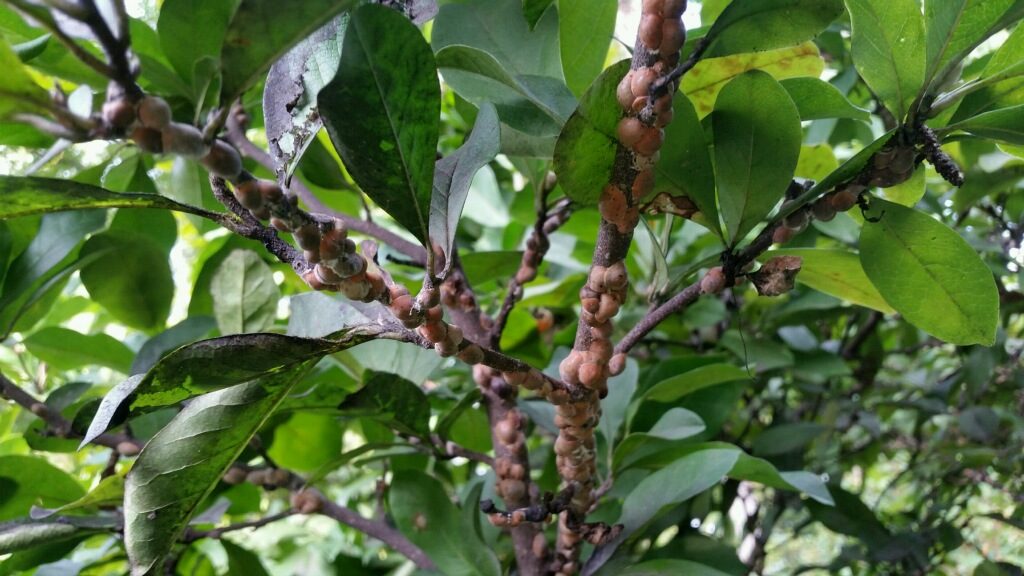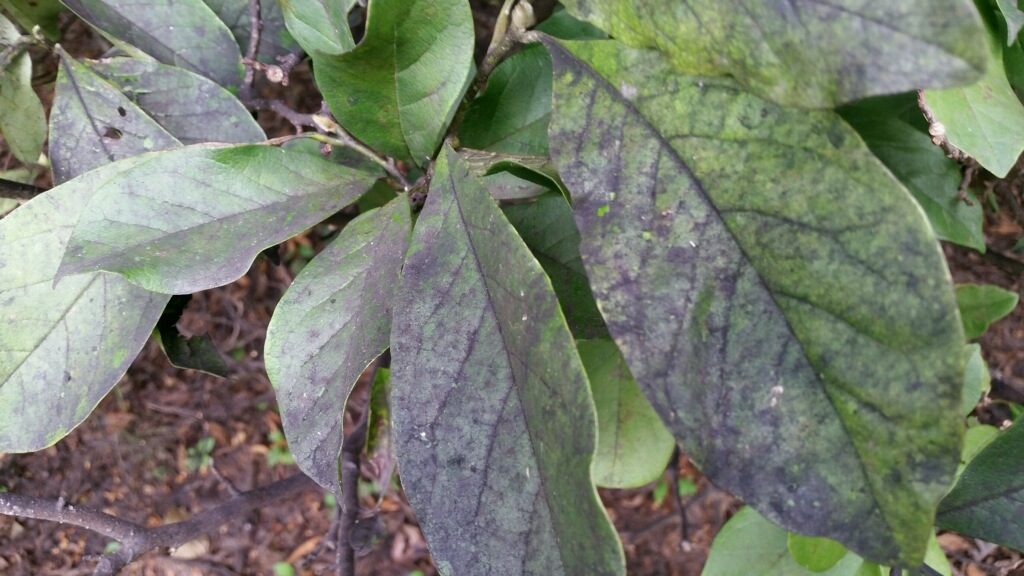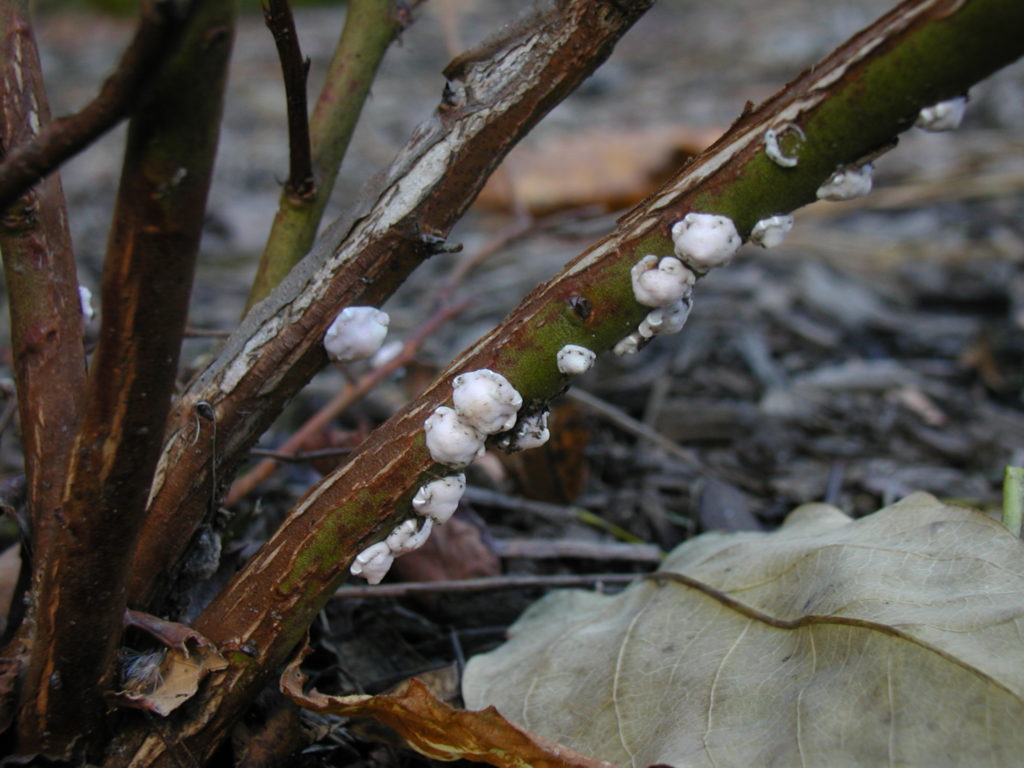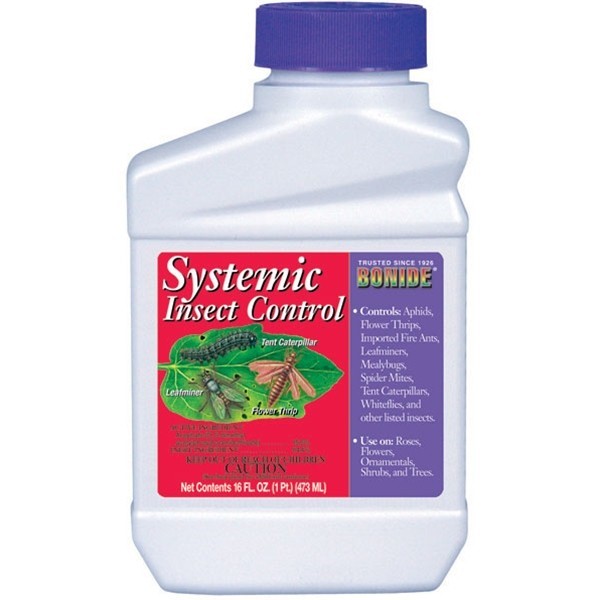
Magnolias are some of the most iconic and beautiful trees imaginable, but to enjoy their beauty, we have to be prepared to properly treat a common ailment that tends to sneak up on them: magnolia scale. Knowing the early signs and symptoms of an infected tree will make it much easier to treat before it gets out of hand. Here’s our comprehensive guide on how to get rid of these unwanted visitors, so you can begin growing your own magnificent magnolias right here in the Chicagoland area.
- What is Magnolia Scale?
- Magnolia Scale Life Cycle
- The Signs and Symptoms of Magnolia Tree Scale
- How to Get Rid of Magnolia Scale
What is Magnolia Scale?
While its name and appearance may suggest a fungal infection, it’s actually an insect that feeds off the trees. It’s a common mix-up because the mature female insects don’t really move around—they’re essentially immobile lumps that just stay put on the branches. Similarly to aphids, they suck out the tree sap and excrete “honeydew,” a sticky substance that ends up coating our plants, homes, and vehicles, and can end up becoming a breeding ground for unsightly fungi, like sooty mold. It’s the largest soft scale insect, reaching up to 1⁄2-inch long at full maturity. A significant infestation can drain trees of a considerable amount of sap, leading to yellow leaves, dying branches, stunted growth, and even death of the tree.

Magnolia Scale Life Cycle
In the early stages of life, these tiny pests are mobile, dark in color and are referred to as “crawlers.” They emerge from the bodies of their mothers and hang out on tree branches over the winter, waiting until spring to start feeding and rapidly increasing in size. They are much more vulnerable to insecticides and other pest control treatments at this stage, compared to when they’re fully matured, so it’s a good idea to try to target the young before they develop. As the males mature, they lighten in color but remain pretty small in size. They don’t cause very much damage either since they die off directly after mating.
The female bugs are a different story—they’re the ones that grow big, anchor down on branches, and guzzle up the sap. They start out white in color but transition into a purplish-brown shade, reaching full maturity by the end of July. Around August or early September, the crawlers start to emerge from the mother’s body. That being said, the time they emerge is heavily influenced by the heat, and since our weather can be a bit unpredictable in Northwest Indiana, the timing of their appearance can vary from year to year. The females die after this stage, but their bodies remain on the branch (eek). This has led to more than a few gardeners checking their tree in the autumn, only to assume they have a tree completely overrun with insects, when the truth is, there’s simply a bunch of old insect shells left behind.

The Signs and Symptoms of Magnolia Tree Scale
The mature bodies are the easiest to spot, as the crawlers are pretty small—about the size of a pinhead. Fully developed females are much larger and sometimes have a waxy coating. Depending on how old they are, their color can vary from brown to white. They have very few distinguishing features that suggest they are an insect, so it really is quite common for folks to mistake magnolia scale for a fungus
The sticky honeydew left behind from these peculiar creatures is another one of the telltale signs of infestation. If you’ve got a tree near your home or car, and you start to notice a layer of shiny, sticky droplets, take a look at your tree branches and assess the situation. Sooty mold—a black fungus with a powdery appearance—can often develop in build-ups of honeydew over time, so that’s another sign to be aware of.
If your tree’s branches are intact and you spot some small insects on the undersides of the leaves, you may just have an aphid infestation. However, if there are lumps on the branches ranging from white to brown in color, then it’s probably magnolia scale. It’s wise to keep an eye out for the consequent yellowing of leaves and dying branches as well, as that is a sign of a more severe infestation.
How to Get Rid of Magnolia Scale
Preventing and eliminating magnolia scale is a manageable task for even the amateur gardener, but knowing when to execute your plan of attack, and knowing what to add to your tool belt will help you in treating it successfully.
Remove adult females manually by hand. Wear rubber gloves and gently brush them off the tree, taking care not to damage the tree’s branches.
Try to eliminate them while they’re in the crawler stage. They’re much more vulnerable at this time in autumn, and the mature females have mostly died off by this point., so applying a natural or chemical insecticide at this time will leave you with a tree that’s free from live insects.
Prune smaller branches if it’s a minor infestation. If you suspect there may be some crawlers hiding on the tree, follow up with an application of insecticide.
Chemical insecticides such as our Bonide Systemic Insect Control is quite effective at killing both immature and fully developed magnolia scale; however, we recommend only applying it in the event of a major infestation. Systemic insecticide kill insects such as aphids, whiteflies, miners, scales…on trees, flowers and shrubs, from inside the plant.
Make sure to scrape off all the scale packets you can before you spray. This ensures that the remaining scale are more easily exposed to the product.
Read the directions on the label carefully before application and apply at dusk when bees aren’t active to protect pollinators. For a large infestation, two applications of insecticide spaced 7 days apart may be necessary to rid the tree of scale.
Insecticidal Soaps are an excellent option for eliminating crawlers without resorting to the use of heavy-duty chemicals, but they don’t have much effect on the mature females. Our Bonide Insecticidal Soap is a popular option, and it also helps to get rid of other smaller plant pests like aphids and whiteflies.
Horticultural oils are a fantastic natural solution that kills the young in their early stages, so of course, timing is everything when using this method. Applying horticultural oil to your tree in the spring will target the crawlers right as they become active and get ready to feast, so you’ll stop them in their tracks before they take over. Coat the leaves thoroughly to suffocate the overwintering nymphs.
Pest control isn’t always our favorite gardening task to tackle, but with the right supplies and some strategic timing, it’s far from impossible to pull off—even tricky cases, like magnolia scale. Plus, the show-stopping blossoms of the magnolia tree are well worth putting in a little extra effort—they instantly transform any landscape into a scene reminiscent of a Monet masterpiece. If you need help treating magnolia scale or other insect or fungal control, contact us at our garden center in Frankfort or St. John, and we’ll help you prepare a plan of attack to protect your precious trees.

